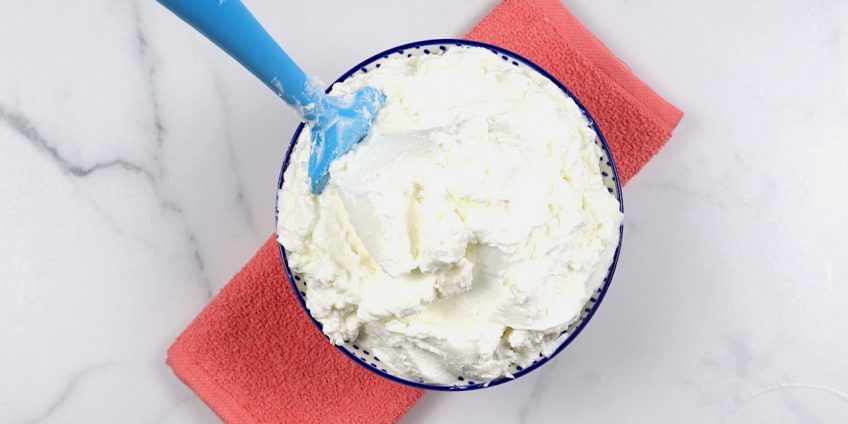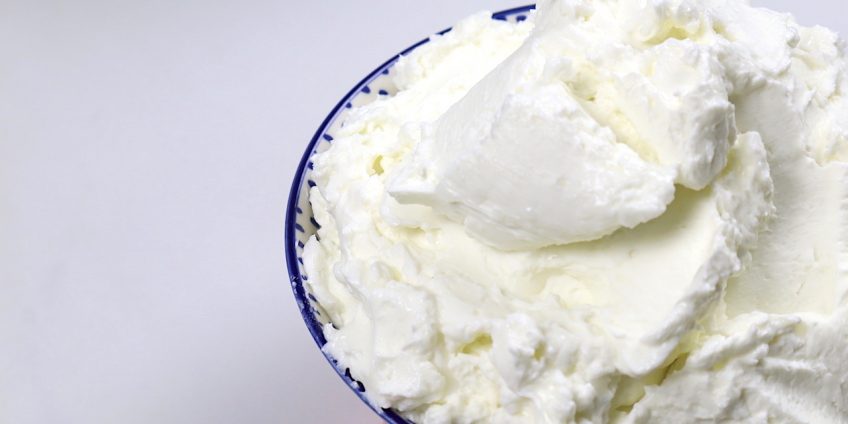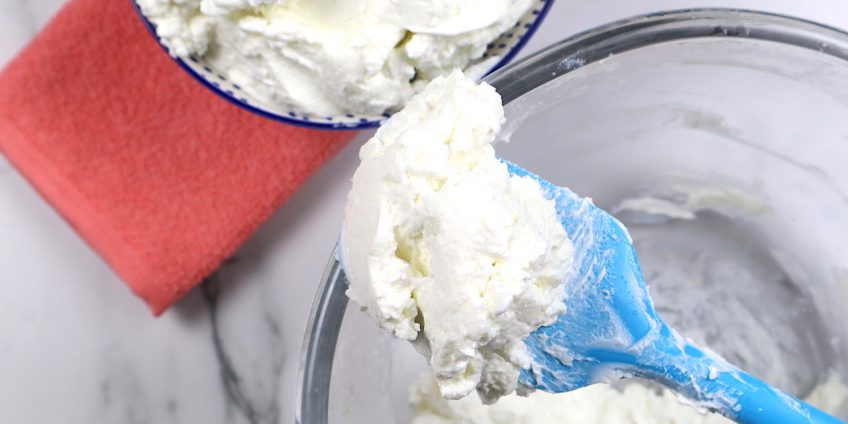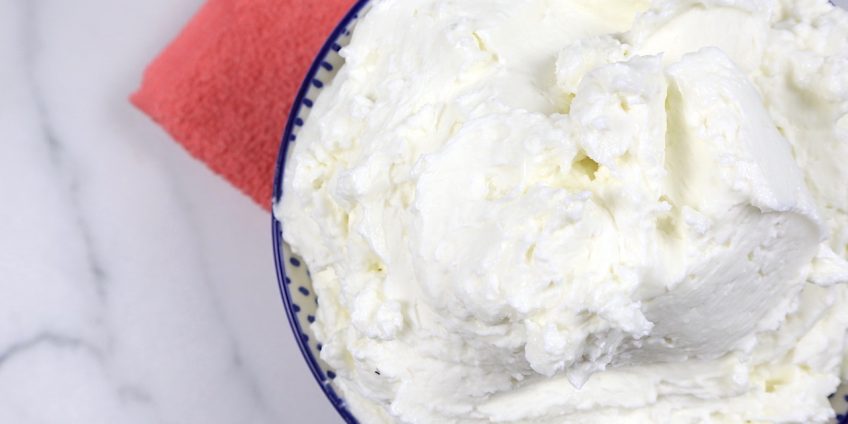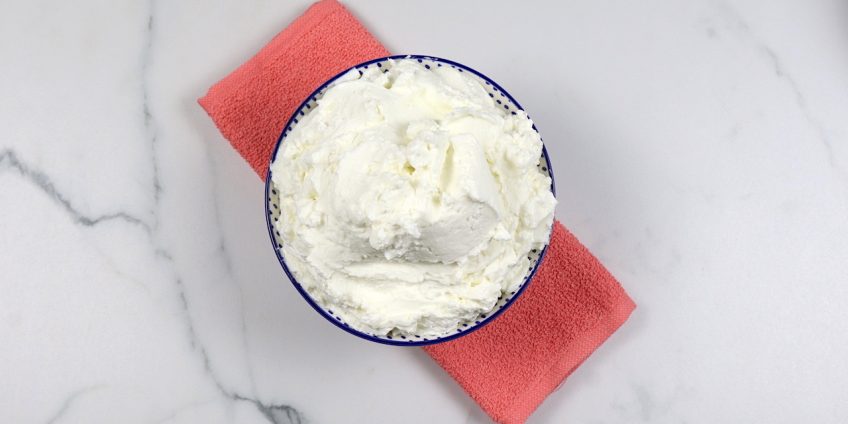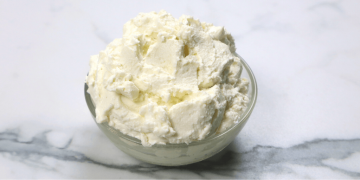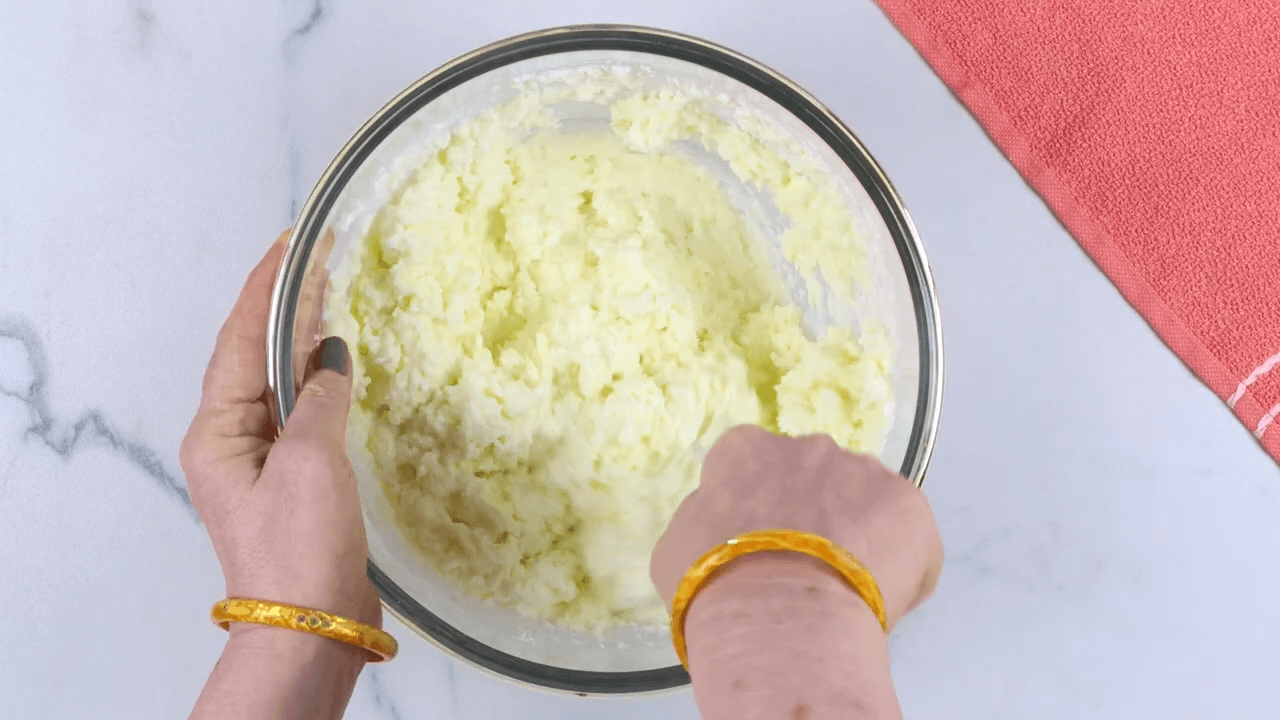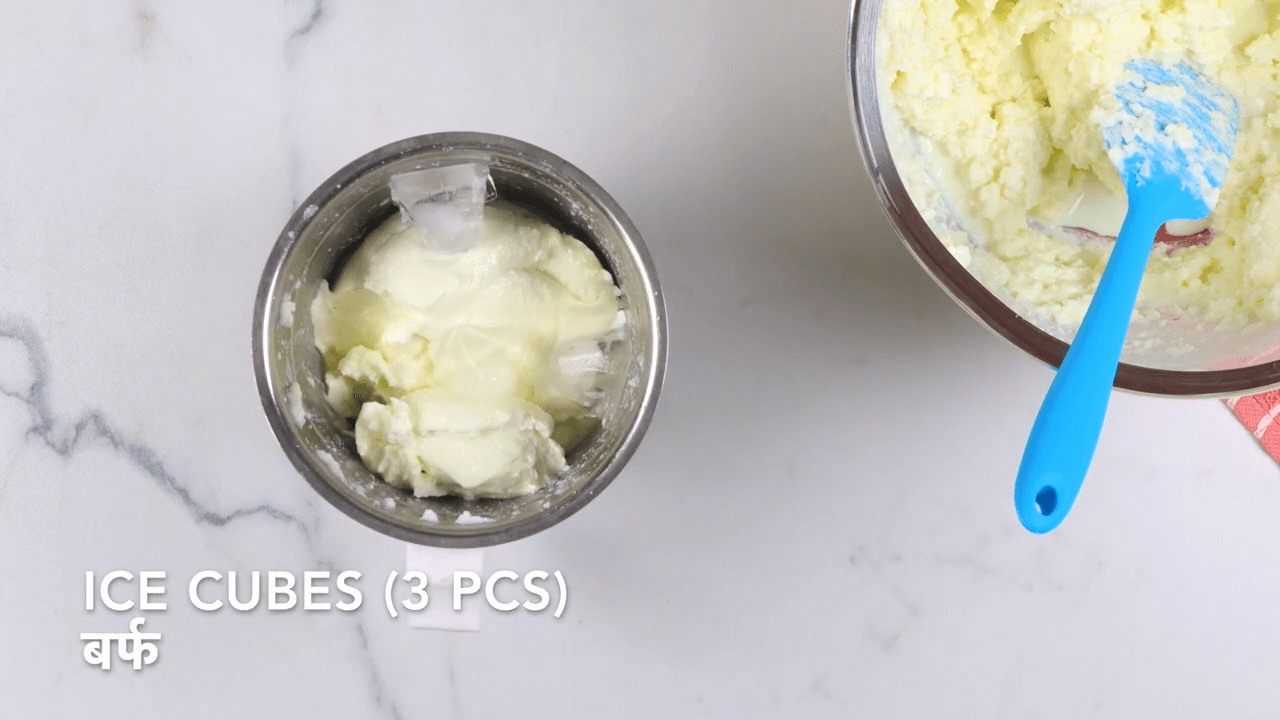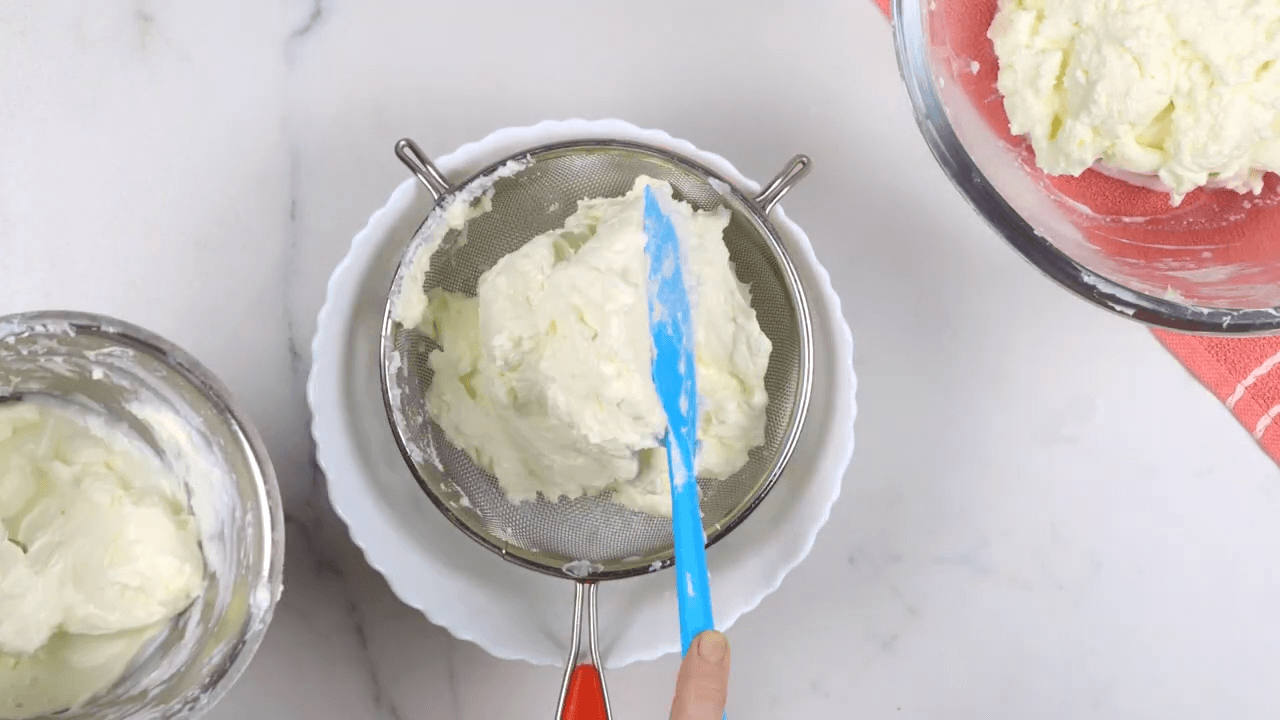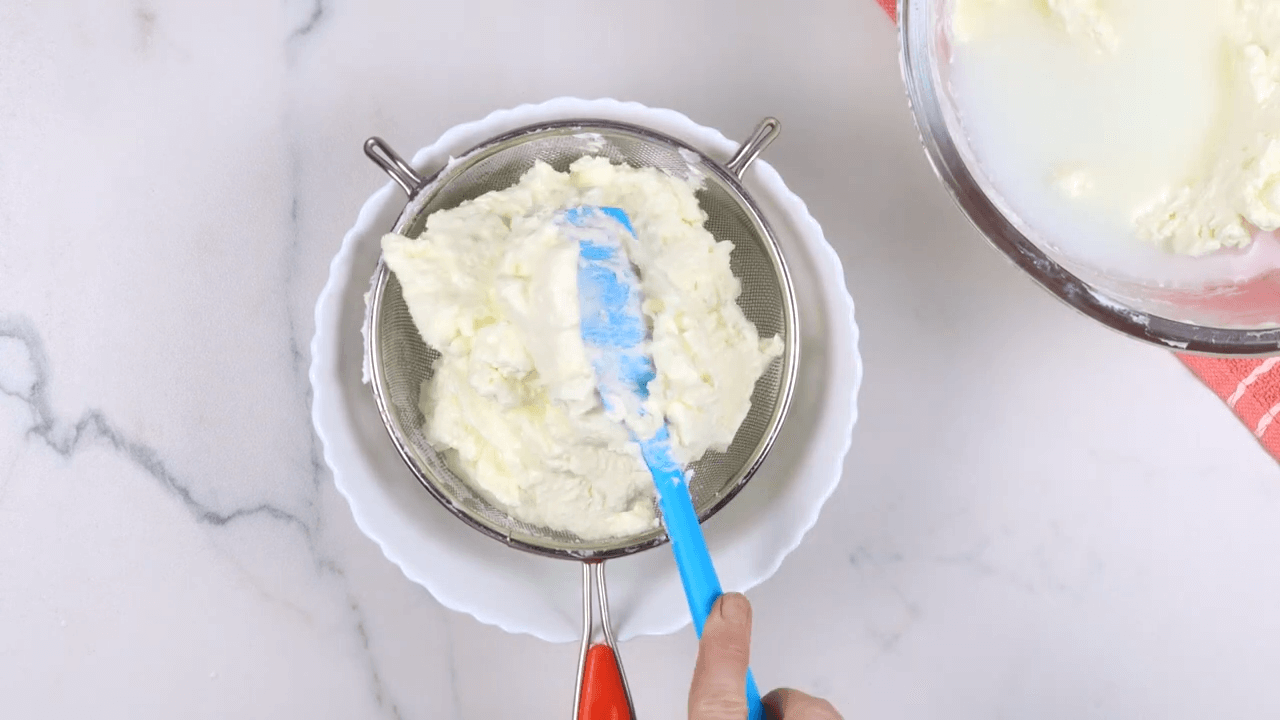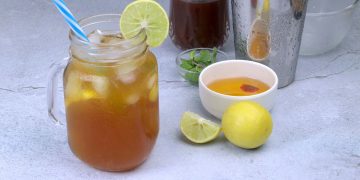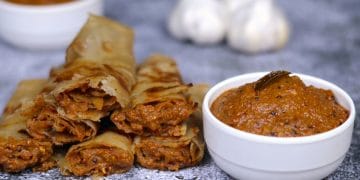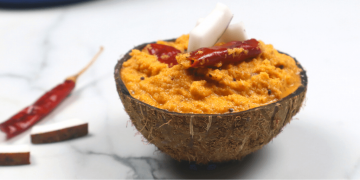Unsalted White Butter is सफ़ेद मक्खन in the Hindi language. The only difference between white butter & regular butter is the colour. The regular butter is pale yellow and quite popular as Amul butter.
Remember that we aren’t making the yellow Amul butter. Instead, today we will learn how to make unsalted white butter at home. The process is easy & the outcome is tempting.
Before we begin the process, let me tell you this recipe falls under the no-cook category. Moreover, it is segmented as the basics of cooking.
White Butter: An Ingredient and Spread
We know the extensive use of butter in veg & non-veg dishes. My point is you can use this homemade white butter for cooking, sauteing & roasting other items. In short, it acts as an ingredient.
On the other hand, you can eat white butter with fruit jams on bread. I like spreading white butter on wheat bread with strawberry jam. The white, red & brown colour combination is eye-catching. With this in mind, let’s enlighten ourselves with some exclusive details. Here we go.
Like I said above, it is no different than the regular yellow butter except for the colour. Further, it’s an essential ingredient in traditional Indian recipes.
The texture is soft & smooth. The taste is either salty, mildly sweet, or completely tasteless, depending on your requirement. Since we are making the butter at home, we have total control over taste. I mean to make it salty or unsalty.
Religious Significance of Unsalted White Butter
According to Hindu mythology, white butter is offered as prasadam to the Hindu deity Shri Krishna. The folklore of Shri Krishna stealing Makhan in his childhood with his friend is world-famous.
He used to assemble his friends & steal white butter from the neighbourhood. The butter would hang on the rooftop & Shri Krishna would make a human pyramid.
Due to this, Hindus treat white butter as god’s food. Therefore, on the day of Krishna Janmashtami, people offer white butter. Janmashtami is the birthday of Shri Krishna. Panjiri accompanies, thus, the unsalted white butter prasad.
Panjiri is made with coriander seed powder, sugar powder, ghee, almonds, raisins, cashew nuts & mishri (rock sugar) – This is why it is called Dhaniya Panjiri.
Now that we know about white butter & its significance, let’s make it. We will start with the ingredient first.
Details to Make Unsalted White Butter at Home
It’s an art because there’s no cooking involved here. It’s all plain white out there. You need to monitor the entire process to keep track of when your cream changes into butter. Let me explain that to you. Read below.
Whisk Malai
Assemble milk malai in a deep mixing bowl. Wash the bowl thoroughly before using it. If possible, use a glass bowl like mine. Start with whisking the malai. Either use a whisker or a spatula. Kitchen spoons won’t help you. If you don’t have a whisker or spatula, then read the next step.
Blend Malai with Cold Water
Blending malai pulls smooth butter out of it. To do this, add half a glass of cold water to the mixer jar & then blend for 2-3 minutes. You will hear sounds like the mixer blades are cutting in something. That’s your malai getting smooth. The water will not mix. When you open the jar lid, you will be able to see pale white water in there.
Blend Smooth Cream with Ice Cubes
Remove the pale white water from the jar. Add 2-3 ice cubes & blend again for a couple of minutes. Furthermore, you will hear sounds like blades are cutting something. Water will separate again & the cream is thicker than before. Repeat the same process with the remaining malai.
Drain Excess Water
Undoubtedly, the cold water won’t mix with the cream, yet there will be some water there. Take another bowl, put a strainer & empty the thick cream to drain water. Leave it ideally till you see water stops dripping off the strainer. Accumulate the water-drained cream in a separate bowl. Repeat the same with the remaining cream.
Chilled Water Bath
Now your thick cream is ready for a chilled water bath. Yeah, bath. You read that right. Add ice & cold water to the bowl full of thick cream. Fold the cream into chilled water and give it a nice ice bath. Keep doing it until the cream turns a little stiff. It is your white butter. Drain excess water using a strainer.
Store your unsalted white butter in a glass container & toss it into the refrigerator. Enjoy.
Henceforth, the unsalted white butter-making process concludes. Refer to the list of tips for storage instructions.
FAQs
How much milk cream (malai) do you need to make white butter?
I pulled out around 1.3 kg of white butter. The question is, where did I get malai from? Dairy? Nope. If you think buying cream (malai) from the dairy & making butter out of it is affordable, think twice. The milk cream itself will cost you equivalent to readymade white butter.
In that case, what are the options?
Accumulate milk cream daily. Purchase buffalo milk, boil & let it cool down. Remove the thick layer, aka malai & store the same in a container. Repeat the steps till the milk becomes thin. Do this daily. Once you have around 1 kg milk cream, then proceed to extract butter out of it.
Indian homemakers follow the same. They make desi ghee, Makhan & paneer at home using full-fat milk & malai.
Can We use Cow Milk for making unsalted white butter at home?
According to Healthline, cow milk contains 8 grams of fat & 149 calories per cup. On the other hand, there’s 88% water in the milk. On the contrary, buffalo milk contains 17 grams of fat & 237 calories per cup.
Surprisingly, buffalo milk has more protein, fat & lactose than whole cow’s milk. However, cow milk is rich in natural proteins, vitamin D, & calcium.
That’s a lot of maths. So let me simplify it for you. Buffalo milk contains almost double the fat content compared to cow’s milk. The reason why we are using full-fat milk, aka buffalo milk, aka dairy milk. I guess I have made my point here.
How to Make Salted White Butter?
Salt seasoning is the one & only upfront difference between salted & unsalted white butter. The making process of salted butter is the same as above. However, there’s a general rule of thumb to keep in mind while seasoning plain butter with salt.
For every 1/2 cup of butter, add 1/4 teaspoon of salt.
Note down the above measurement & save it for future reference. Then, add salt & mix. Your salty white butter is ready. Store & enjoy your breakfast.
Now that we know complete details about the process, ingredients & application, there’s one question unanswered. Yup, this particular topic is essential to realise. What? The milk cream, aka malai.
Things to Keep in Mind
- Use a powerful mixer grinder that has a large jar.
- Avoid vinegar or lemon juice, or any other ingredients.
- Don’t strain or apply pressure on the cream while draining water. The cream will drop in the bowl through the strainer.
- Make sure the water is cold enough. If ice melts, add a few ice cubes to maintain the temperature.
- Use an air-tight glass container to store the unsalted white butter.
Hence, that was it with the unsalted white butter recipe today.

